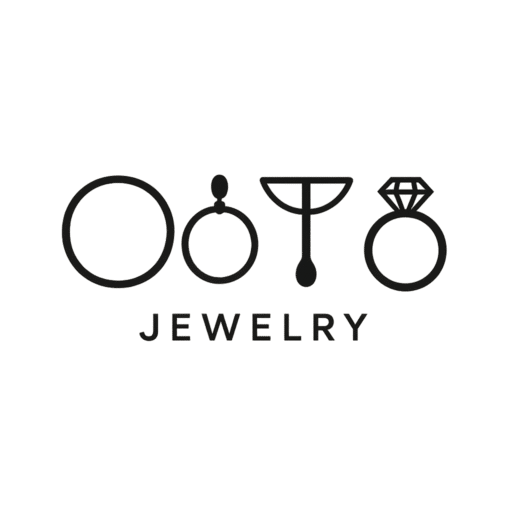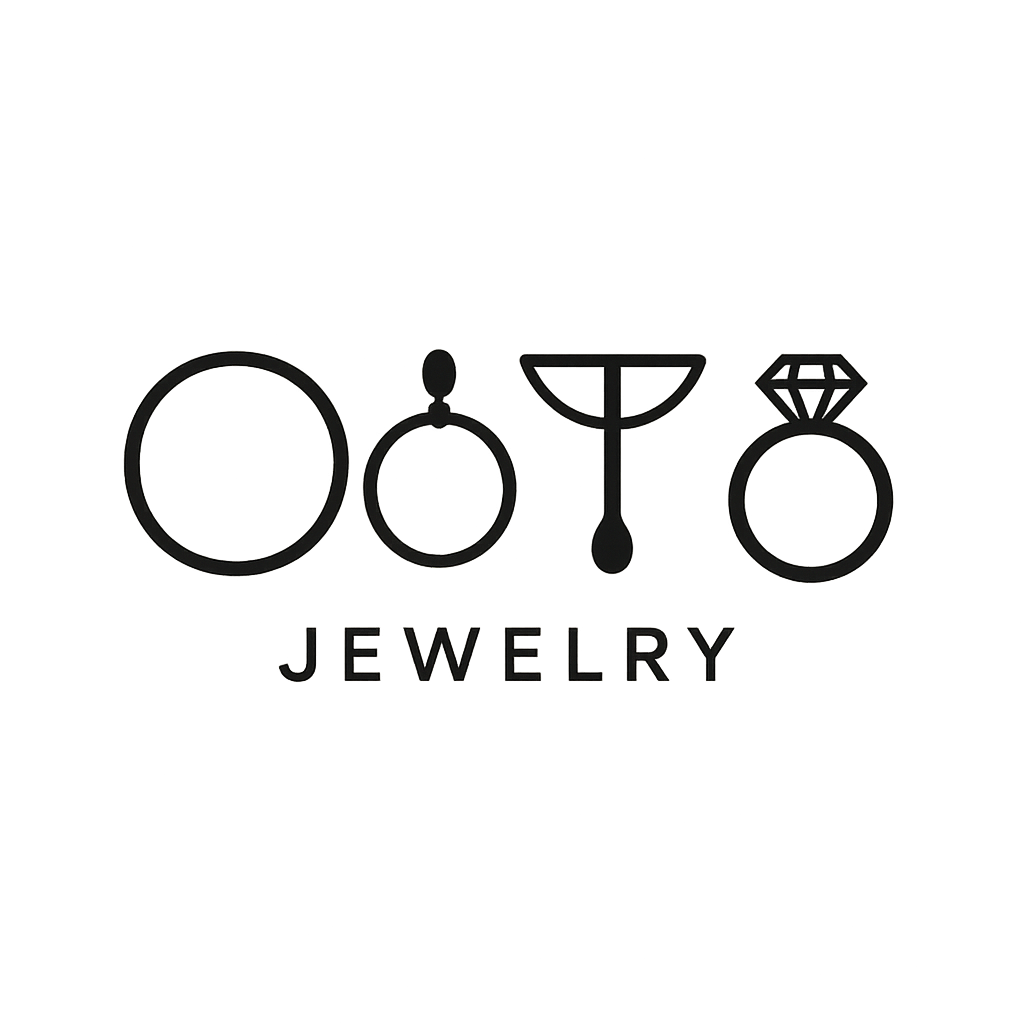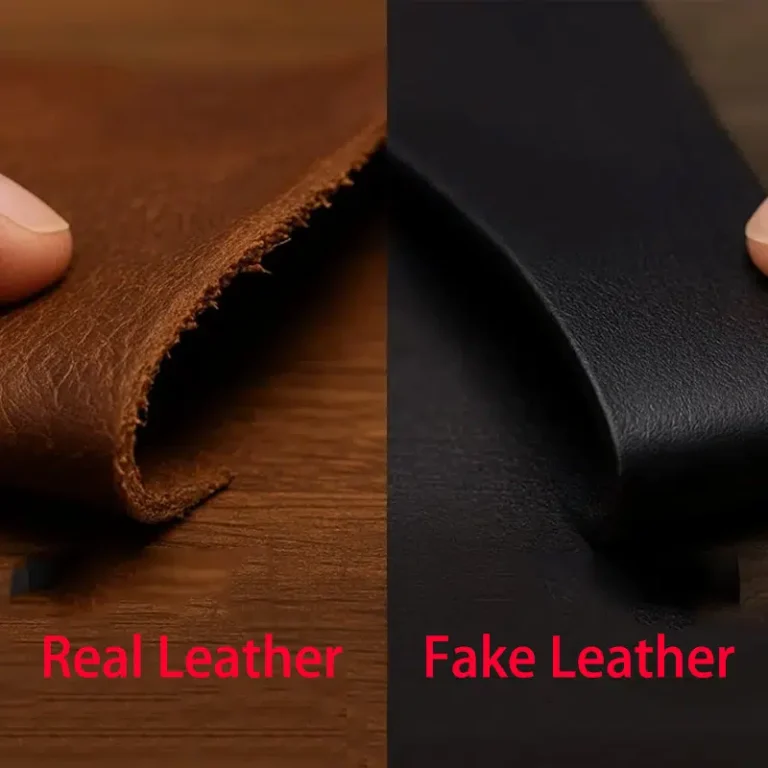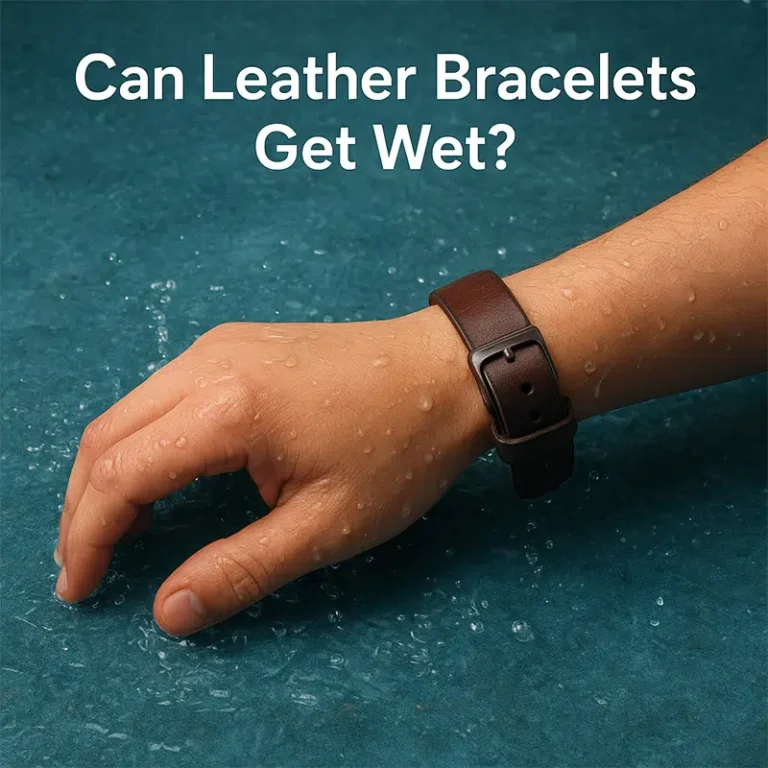Introduction
What types of leather are used to manufacture leather bracelets?
Our guide focuses on the specific materials that are needed for leather bracelets that combine comfort and durability.
We’ll discuss the popular material choices, such as full-grain leather, and how they fit with minimalist, distressed, and braided bracelet styles.
Traditional Leather Grades: Natural Beauty & Longevity
A. Full-Grain Leather

Full-grain leather is the topmost layer of animal skin. No sanding or alteration takes place. Because of this, it is the most robust material you can buy. The entire grain structure is intact. The natural markings and feel are there and show you the unique accompaniments that are in this leather. This leather not only lasts, but it improves with age!
The reason it works well for bracelets is:
- Highest tensile strength available, meaning it will not tear or split.
- It develops a patina, or surface color, which is antithetical from time to time.
- Of sufficient thickness to support a heavy stainless steel fastener.
B. Top-Grain Leather

Top grain leather is a second-layer leather. The surface is sanded and buffed to remove imperfections and create a consistent finish throughout the hide.
The end product is perfectly smooth and consistent. The color is even throughout. The texture is refined. The leather accepts embossing patterns very well, and I’ll show you in the next section.
Advantages of the leather bracelet:
- Clean, contemporary look
- Consistent color throughout the strap
- Smooth on skin without rough spots
- Accepts dyes consistently for rich colors
If you desire a simple leather strap bracelet that looks dignified, this leather is it. The uniform surface matches the polished 316L stainless steel clasps used in contemporary jewelry design.
C. Split Leather

Split leather is obtained from the inner layers after the top grain is removed. This material is not necessarily strong. However, when processed or coated, it becomes a very reliable product for certain applications.
The advantage of split leather is its uniformity. Each section has an equal thickness. Each cord has equal flexibility.
Why is it favored by braiders:
- Because of the uniform thickness, the weaving is predictable
- After processing, it has high tensile strength
- It bends freely and repeatedly, without breaking
- It is less expensive than top-grain leather and lends itself to braiding multi-cord designs.
The OOTB braided bracelet is made from treated split leather. The reason is that when you braid three or four cords together, they all act alike. See our article on how to make a braided leather bracelet and see these materials in use.
Innovation in Material: High-Tech Consistency
Microfiber Leather (The High-Tech Option)

Microfiber leather is not traditional leather at all! It is manufactured from ultra-fine amounts of polyurethane fibers. The result is a substance in appearance and feel mimicking leather while having advantages impossible with natural products.
The special properties of the material are:
- Entirely uniform every inch
- Outstanding tensile strength for the thickness
- Water, stain and discoloration proof
- No break-in period required
- Consistent quality batch after batch
Why it works for complex designs:
In making complicated braids or tight weaves, uniformity is a necessity. Natural leather has thick and thin spots. Microfiber is all equal.
This makes it ideal for that collection of braided collections of ours, which is the most complex. It takes too tight weaving without splitting. The colors remain brilliant, for there is no absorbent plate in the fibers, as in natural leather, to take on the skin oils.
Microfiber solves the problems that have to be met in the factories engaged in jewelry manufacturing. They can guarantee that all leather bracelets in a batch will be literally identical. It is of no small importance when the customer orders many bracelets that he wants to be just alike.
Tanning Process: How Flexibility and Feel are Created
Vegetable-Tanned (Veg-Tan)
Vegetable tanning utilizes natural materials like tree bark and plant extracts. This can take weeks and even months. The leather soaks in tannin-rich solutions that gently enter the fibers.
Characteristics:
- Firm and stiff when new.
- Rich natural colors (browns, tans).
- Develops a good patina when the oil from leather soaks in.
- Requires more care and conditioning.
If you want your bracelet to be able to hold its form while on the wrist, this is for you. The stiffness does not allow for sagging. The leather “remembers” its shape. Veg-tan is good for structured straps.
Chrome-Tanned (Wet-Blue)
Chrome tanning uses chromium salts. The entire process is completed in days instead of months. The leather comes out soft, supple, and ready to use.
Characteristics:
- Soft and supple right away.
- Better water repellency than veg tan.
- Takes dyes better and in more colors.
- Takes less time to break in.
Best for the use of bracelets:
Chrome-tanned leather is comfortable right from the start. You do not have to wear them for weeks before they start to soften. This is important for bracelets that you want to rotate in your collection.
The supple flexibility of chrome-tan is suited perfectly for braided designs. As you weave cords into tight settings, the material must flex without breaking. This is why our men’s leather bracelet options are made from chrome-tanned leather. The leather will bend with your wrist instead of working against it.
Construction & Finish: Connecting Material to Style
Construction of Leather for a Bracelet
Different constructions of leather require different materials and a tanning process. The chart below is the connection between them.
| Design Family | Construction Type | Primary Material(s) | Key Finishes/Aesthetics |
| Minimalist | Flat Strap | Top-Grain Leather (Chrome-Tanned) | Smooth, Glossy, or Embossed Prints |
| Distressed | Strap or Cord | Full-Grain Leather (Veg-Tanned) | Oiled, Waxed, or Natural Texture |
| Braided | Woven Cords | Split Leather / Microfiber (Chrome-Tanned) | Uniform Color and Tight Structure |
Embossed Print Finishes (Crocodile, Lizard, and Snake)
Embossing appears as textures on leather, due to heat and pressure creating patterns. The patterns make the texture of exotic animal skins. Below are the most popular styles:
Crocodile: This is the large rectangular textured scale.
Lizard: This is the smaller, round, textured scale.
Snake: This is the long diamond-textured pattern.
These textures will work on either top grain or split leather. The leather must be thick enough to hold up under normal use to retain the embossed texture.
Benefits of the styles:
Embossed designs give more excitement to a simple leather strap. A plain, black leather bracelet becomes a “statement” piece with crocodile embossing. The texture catches the light and gives depth.
Conclusion
Now you are clear on all the standard types of leather that are usually used in leather bracelets.
Full-grain leather gives you the heritage and character that improve with age. Top grain gives you modern elegance with a matching appearance. Split leather and microfiber give you the performance that is necessary for elaborate designs.
The tanning method, vegetable or chrome, determines whether your bracelet will feel rigid and structured or supple and flexible.
At OOTB, we combine these materials with well-made 304 stainless steel fittings to give you bracelets that combine traditional craftsmanship with modern style. Contact us to get a competitive price and style options.





